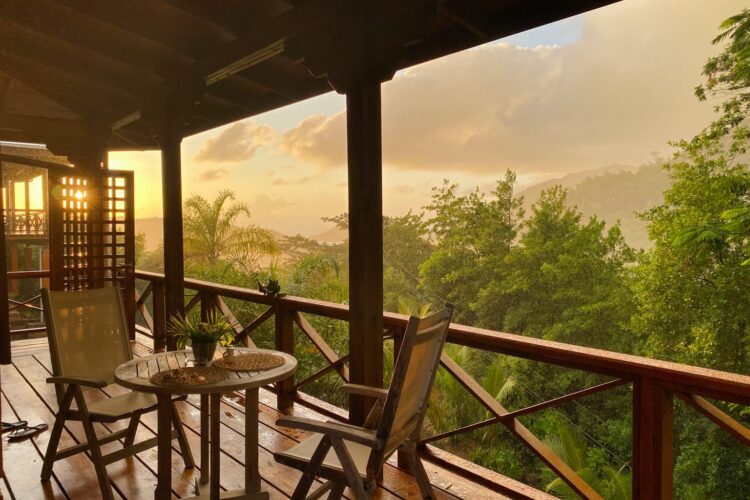A balcony is not just an extension of your property, it is miles a personal retreat, an area to experience fresh air, and a visible statement. Choosing the right balcony kind can extensively beautify your own home’s aesthetic attraction and capability. Let’s explore five distinct balcony designs that could change your residing space.
1. The Classic Attached Balcony:
Description: This is the maximum commonplace balcony type, seamlessly included with the building’s structure. Typically, it extends from an upper-stage room, supplying direct admission to.
Advantages:
Cost-effective and relatively simple to construct.
Offers a natural extension of indoor living space.
Provides a secure and stable platform.
Considerations: Design and materials should complement the existing architectural style.
2. The Dramatic Cantilevered Balcony:
Description: These balconies seem to go with the flow, extending outward without seen aid from underneath. They are anchored to the building’s shape, developing a cutting-edge, smooth appearance.
Advantages:
Creates a striking visual impact.
Maximizes outdoor space, even in tight areas.
Offers unobstructed views.
Considerations: Requires specialized engineering and construction, potentially increasing costs.
3. The Space-Saving Stacked Balcony:
Description: Ideal for multi-story buildings or townhouses, stacked balconies are vertically aligned, creating a cohesive architectural feature. Each degree usually has its very own balcony.
Advantages:
Optimizes vertical space, maximizing outdoor access on multiple levels.
Creates a unified and elegant facade.
Enhances privacy for each level.
Considerations: Careful planning is essential to ensure structural integrity and aesthetic harmony.
4. The Charming Juliet Balcony (or False Balcony):
Description: A Juliet balcony, regularly known as a fake balcony, is a shallow platform with a railing or balustrade. It presents the visual enchantment of a balcony without the entire extension.
Advantages:
Adds architectural interest and enhances natural light.
Requires minimal space and construction.
Cost-effective way to improve a building’s facade.
Often utilizing cable railing, for enhanced views.
Considerations: Primarily decorative; offers limited outdoor space.
5. The Intimate Balconette (What is a small balcony known as?):
Description: A balconette is a totally small balcony, often just large enough to face on. It’s similar to a Juliet balcony but may have a barely deeper platform.
Advantages:
Provides a small outdoor area for sparkling air and views.
Ideal for apartments or homes with constrained space.
Enhances air flow and herbal light.
Considerations: Limited capability due to its small size.
Choosing the Right Balcony for Your Home:
When deciding on a balcony kind, recollect your private home’s architectural style, to have space, finances, and desired capability. Whether you are searching for a grand out of doors residing place or a simple architectural accessory, the proper balcony can remodel your home right into a greater inviting and visually appealing space. Cable railing structures can be used on a lot of those balcony sorts, to decorate the view from the balcony.


